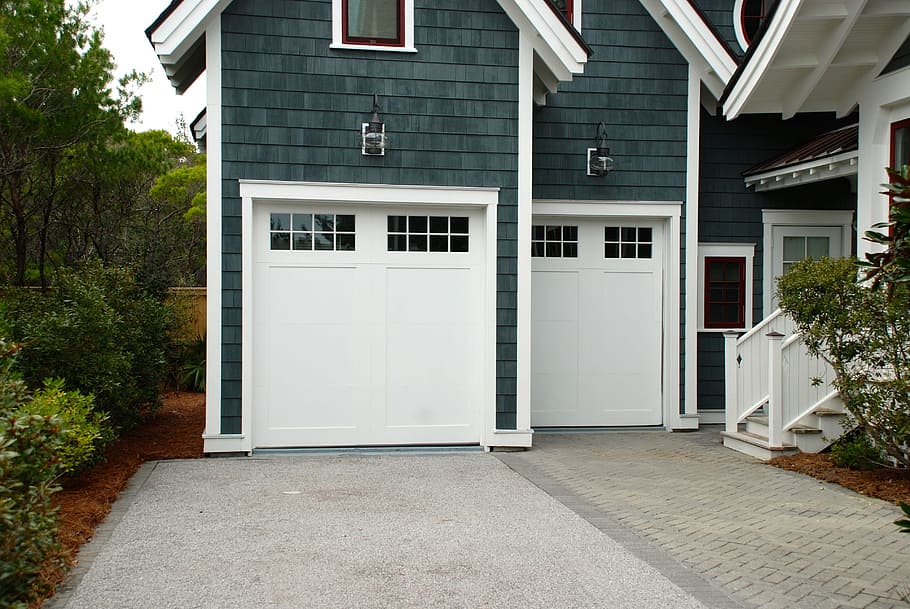Table of Contents

Your garage is more than a tool shed. It can be a haven where all your equipment for enhancing your skills in carpentry, electronics, or simple DIY-to-dos with the family are kept. And the garage door is a vital part that necessitates regular check-ups. But whether your garage door is lined with perforated steel or other similar durable materials, it will, over time, incur wear and tear.
When that happens, you’ll be surprised to know that material deterioration isn’t always visible to the untrained eye. As a response to this challenge, let these guidelines help you identify whether your garage door needs a touch-up or a top to bottom repair.
5 Reasons Your Garage Door Needs Repair
1. The Open And Close Problem
The first and most visible warning that your garage door needs repair is when it opens and closes in a not-so-smooth manner. And not as seamless as it used to when it was yet shiny and new.
This isn’t limited to the open-close mechanism itself. We also want to point out the door’s response action and time when remote-controlled. Delays in said response, or actions that are inconsistent with the commands, are your go signals to call repair professionals in.
2. Shaking Isn’t Normal
No matter how large or heavy a garage door is, it should move in its standard direction without so much as a bump. The moment it begins to shake, whether at the beginning, end or during any of its operations, that’s your queue that the door is no longer working at its optimum.
Generally speaking, this could mean faulty wiring wrought by long-term usage. Weathering changes and pests (chewed-up wires) are the usual culprits as well.
3. Sagging
Here’s a surefire indicator that your garage gate isn’t as sturdy as it used to be—- it’s beginning to sag. Sagging is a common problem with such heavy fixtures. Though it is common, it has to be immediately addressed.
If not, it will inevitably continue to sag and hence, wear out its other parts faster than average. Its cables are most likely lost. But fret not because it takes a mere tweak to lessen this “droop” and have the door aligned with its hinges once more.
4. Broken Parts
Straightforward and uncomplicated— broken parts should automatically tell you that your garage door necessitates expert attention. Chips, cracks, rusts, loose bolts and wires, and the like. All of these are to be replaced urgently.
Each one may seem small in comparison to the larger whole of the gate. Yet, remember that these very parts work together for the garage door to function. Impairments in one or several of them will ultimately slow down the workings of your garage door.
5. Higher Utility Bills
Yes, a malfunctioning garage door may end up running on more power. This will result in higher electricity bills on your end. Here’s a gauge that isn’t as blatantly and immediately seen as the ones above.
It will take several bills with rising charges on power consumption before you’ll be able to spot the anomaly. Then again, if you’re one to closely monitor your household’s or business’ utility bills each month, you’ll find this a helpful marker that should tell you your garage door needs to be inspected, stat.







